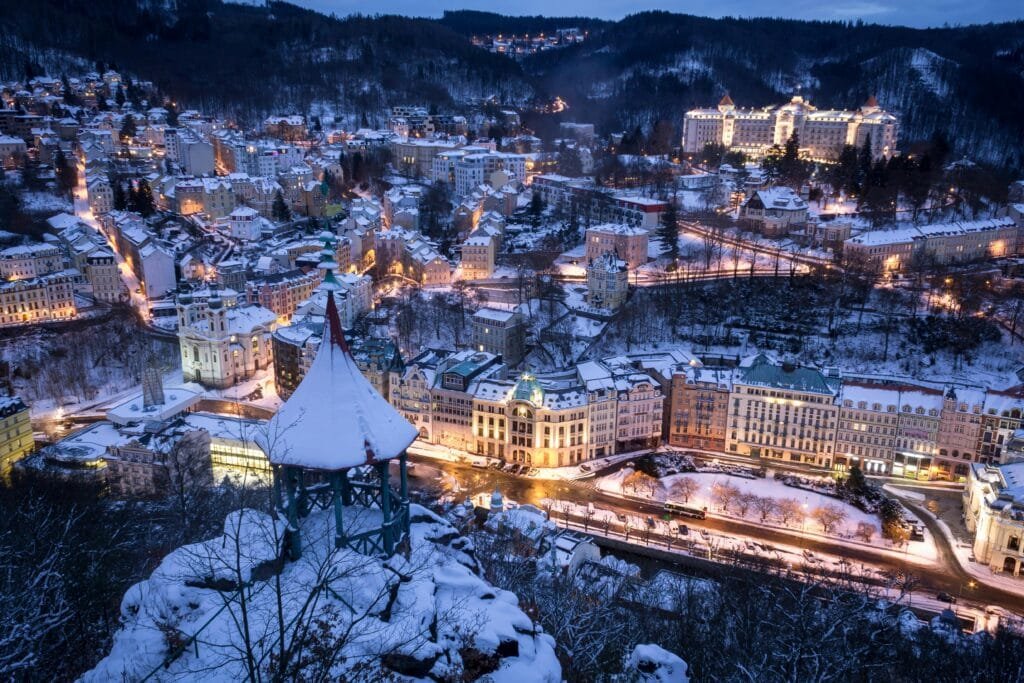
Various archaeological discoveries have shown that human settlements already existed in the region during prehistoric times. Stone tools and remains of Neolithic settlements have been found in several towns in the province, indicating that the area was inhabited since ancient times.
With the arrival of the Romans in the 2nd century BC, Málaga became an important commercial centre within the Roman Empire . During this period, the city experienced great expansion, with the construction of buildings such as the Roman Theatre and the thermal baths that still bear witness to its splendour today. This Roman legacy is an essential part of Málaga’s identity and forms one of its main tourist attractions.

The cathedral is a symbol of the city and stands out for its splendid façade, its majestic interiors and its impressive main altar. Inside, you can admire several chapels of great artistic value and a remarkable collection of works of art. One of the most outstanding elements of the cathedral is its beautiful main altarpiece , a masterpiece of Andalusian Baroque, and its impressive stained glass windows , which fill the sacred space with light.
In addition, the cathedral has a beautiful nave corridor , which leads to the main chapel, where the most venerated relics are kept. As a highlight, the Cathedral Museum , inside the building, houses a valuable collection of sacred art and liturgical objects. Without a doubt, the Cathedral of the Incarnation is a must-see for anyone who wants to learn about the history and heritage of Malaga .
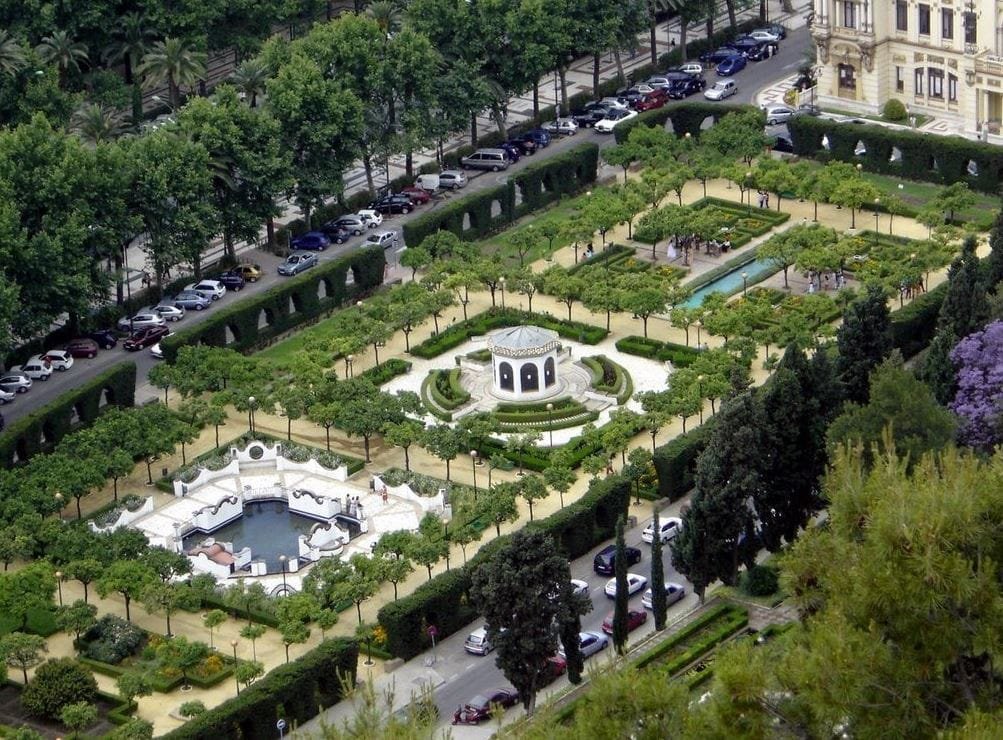
Along its paths, you can see statues and monuments that recall historical figures from the city and the region. In addition to being a place to enjoy nature, the park has several spaces dedicated to leisure and rest, such as benches, cafes and play areas for children. On sunny afternoons, the Málaga Park becomes an ideal place to walk, read a book or simply relax while enjoying the fresh air and the beautiful flora that surrounds it. Málaga Park is not only a place of recreation, but also an integral part of the city’s cultural heritage, being a meeting point between the past and the present, ideal for enjoying the natural beauty of Málaga at its best.
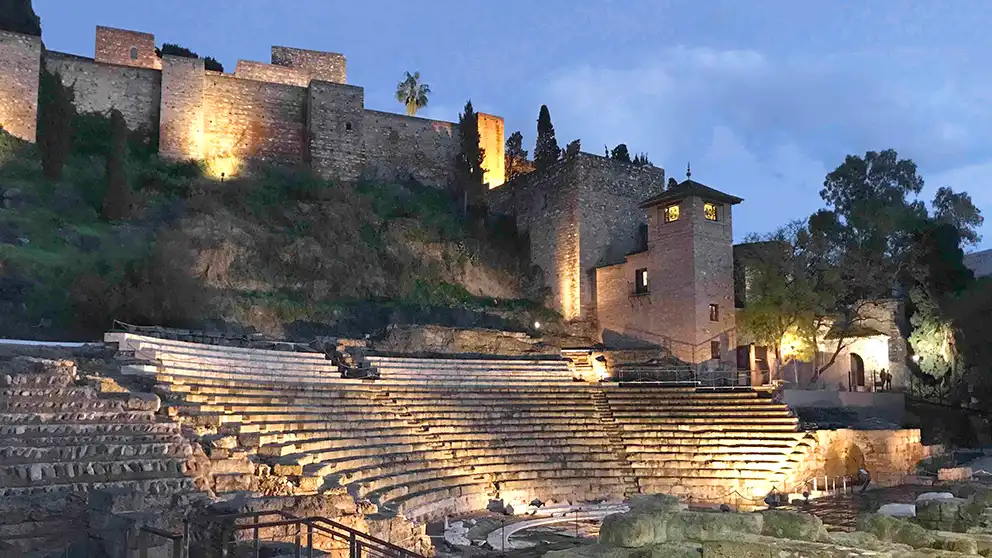
It was rediscovered at the end of the 20th century, during excavations in 1951, and restored to preserve its splendour. Today, the theatre is a meeting place between the past and the present. The Roman Theatre can hold up to 2,200 spectators and features a well-preserved structure, with a semicircular cavea (stands) surrounding the orquestra (stage) where performances were held. The materials used in its construction, such as brick and limestone, are still visible in its walls and columns, giving it a solemn and majestic air. One of the most attractive aspects of the theatre is its location .
At the foot of the Alcazaba , overlooking the Port of Malaga , it offers a unique setting for visitors who wish to explore the history of the city, as well as enjoying its architecture and natural beauty. As well as being an important historical monument, the Roman Theatre also remains an active venue in the cultural life of Malaga. Its stage hosts theatre, music and dance performances and festivals, allowing it to fuse classical legacy with contemporary artistic expressions. Visiting the Roman Theatre of Malaga is an immersive experience that allows travelers to learn more about the history of the city, while delighting in the magnificence of this ancient entertainment space.
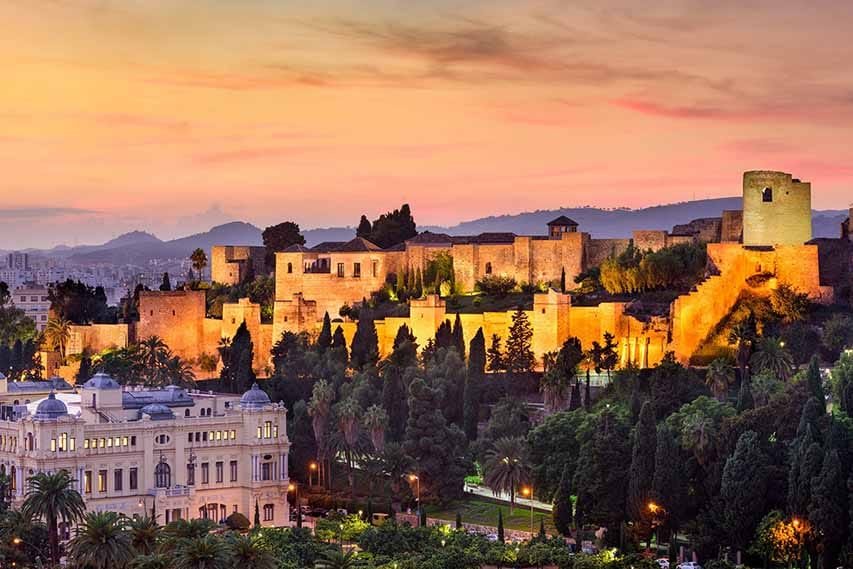
Over the centuries, Gibralfaro Castle has witnessed important historical episodes, including sieges during the Reconquista in the 15th century. During the Spanish War of Independence it also played a crucial role as a strategic point. The fortress has undergone some restorations, which has allowed it to be preserved in good condition and remain a highly relevant tourist attraction.
The castle has impressive walls and towers that can be explored, while exploring the interior, which houses a small museum offering information about the history of the fortress and the city of Malaga. Without a doubt, the most remarkable thing is its panoramic views, which allow you to enjoy a unique view of the city, the port and the Costa del Sol . The contrast between the modernity of the city and the historic fortress is fascinating, making the visit an unrivalled experience. Gibralfaro Castle is also surrounded by beautiful gardens and paths, ideal for walking and enjoying the natural environment that surrounds it.
From there, visitors can continue their tour to the Alcazaba , as both fortifications are connected by a wall . A visit to Gibralfaro Castle is an immersion in the history of Malaga, a perfect place to admire the city from above and explore the legacy of a bygone era while enjoying the beauty of the Malaga landscape.
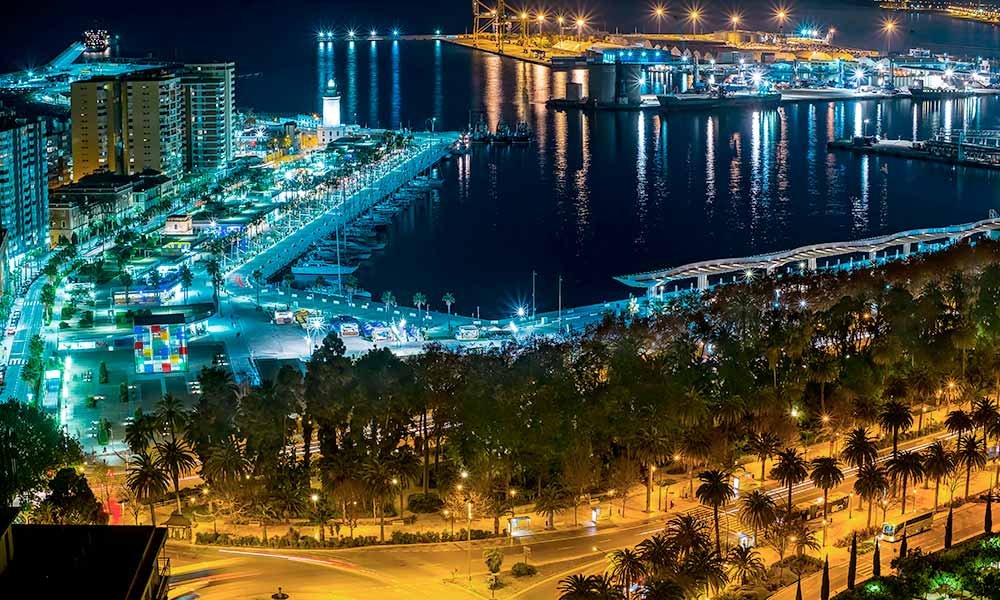
The port hosts a wide variety of activities, from the arrival of luxury cruise ships, which bring thousands of tourists from all over the world, to the commercial movement of goods, making it one of the economic engines of the region. One of the most outstanding attractions of the Port of Malaga is the promenade that runs along the entire coast from the port to Malagueta beach.
This promenade is full of bars, restaurants and shops, making the area an ideal place to enjoy the sea breeze while tasting typical dishes of Malaga cuisine, such as fried fish or sardine skewers . Along the port, visitors can also enjoy recreational areas, such as Muelle 1 , a modern commercial area with shops, restaurants and an entertainment offer that delights those looking to combine culture, gastronomy and relaxation.
In addition, the Port of Malaga is perfectly connected to other parts of the city, making it a perfect access point to explore not only the city, but also the Costa del Sol . The port’s proximity to the city’s historic centre makes it easy to access monuments such as the Alcazaba , the Roman Theatre and the Cathedral of the Incarnation , whilst enjoying stunning views of the sea.
In short, the Port of Malaga is much more than just an arrival and departure point: it is a place where the past meets the present, where travellers enjoy the city’s historical, cultural and gastronomic richness, and where the beauty of the Mediterranean combines with the dynamism of a modern coastal city. Without a doubt, an essential stop for those visiting Malaga.
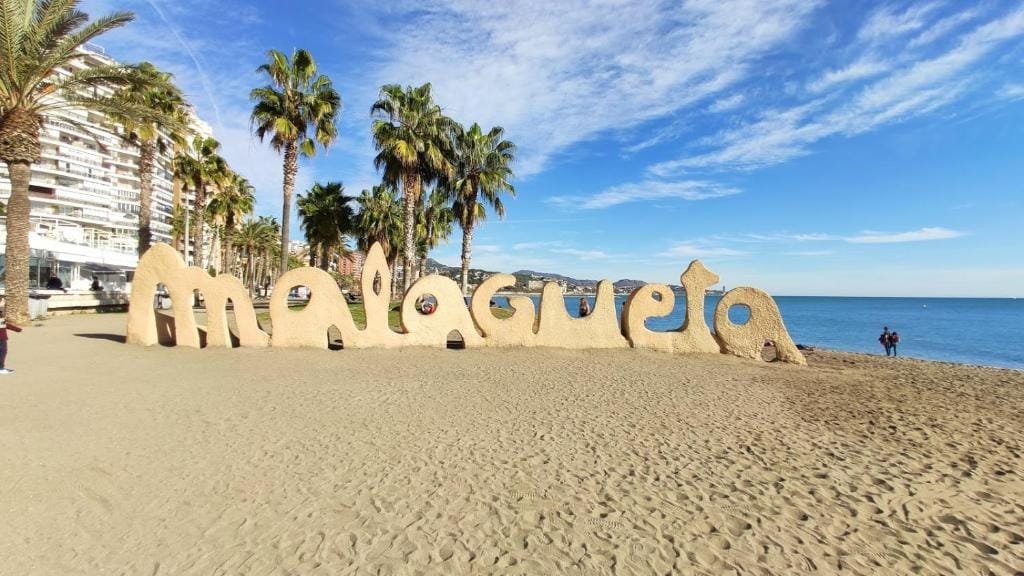
Its promenade is ideal for strolling, cycling or jogging, while gazing out to sea. Along the promenade, visitors can enjoy panoramic views of the port and the coast, making Malagueta a perfect spot to relax and admire the scenery. Malagueta Beach is also equipped with modern facilities, such as showers , shaded areas and sports areas , making it a very accessible and comfortable beach for all visitors.
During the summer months, the beach comes alive, but still maintains a pleasant atmosphere thanks to its length and the layout of services. Without a doubt, Malagueta is the perfect place to enjoy a day of sun and sea in the heart of Malaga , where coastal tradition meets the modernity of a vibrant city full of history.
Interested in travel and vacation tips and the latest news?
Subscribe to our newsletter


